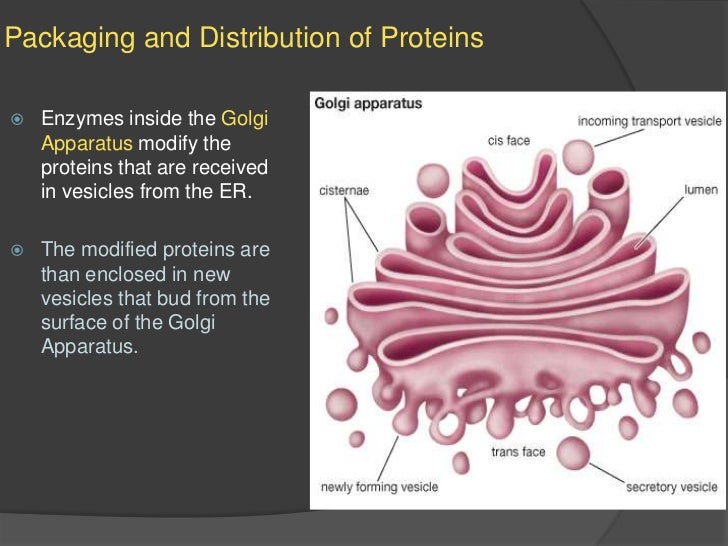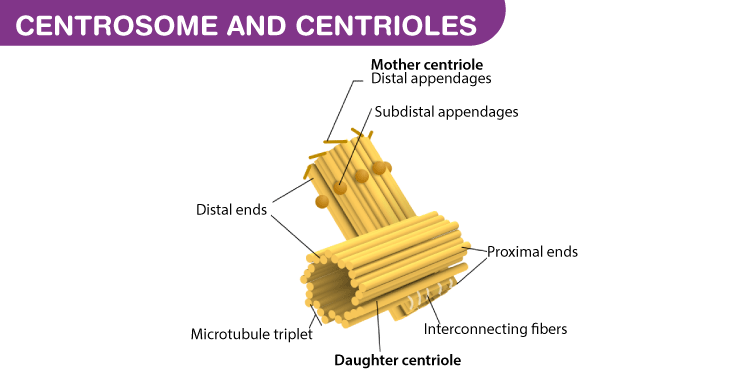

Using different gene expression systems, they were able to produce cells that contained one, two or more carboxysomes. performed an elegant experiment that explains and confirms the predictions of this model. The McdA oscillations emerge from the presence of multiple McdB-containing carboxysomes, which cause McdA to repeatedly dissociate from and then re-associate with the nucleoid. The end result is that the carboxysomes become evenly spaced along the nucleoid. Because McdB tends to localize at high concentrations of McdA, the carboxysomes move toward those regions of the nucleoid that are rich in McdA. This creates regions on the nucleoid that are depleted of McdA. Experiments in vitro and in vivo show that by promoting the ability of McdA to hydrolyze ATP, McdB helps McdA to detach from the nucleoid. McdA is able to hydrolyze ATP highly efficiently, and this activity is further enhanced by McdB.

called McdB, thus acts as a bridge to connect the carboxysomes with McdA at the nucleoid.īut what causes the McdA oscillations? McdA binds to the nucleoid when bound to ATP, a molecule that releases energy when it is hydrolyzed.

The researchers then discovered a small protein that is able to interact directly with McdA and also with some of the proteins that make up the carboxysome shell. Carboxysomes also localize at this position. showed that McdA oscillations take place on the nucleoid, the region within a bacterium that is occupied by DNA. elongatus ( MacCready et al., 2018).įirstly, MacCready et al. Now, in eLife, Daniel Ducat of Michigan State University, Anthony Vecchiarelli of the University of Michigan and co-workers – including Joshua MacCready as first author – report the molecular mechanism behind these processes in S. However, it was not known what causes the McdA oscillations, or how these dynamics determine the arrangement of the carboxysomes. The amount of a protein called McdA oscillates inside bacteria, leading to regions that contain high levels of McdA and regions that contain low levels, and in 2010 researchers established a link between these oscillations and the positioning of carboxysomes within bacteria ( Savage et al., 2010). This distribution means that each daughter of a dividing cell receives its fair share of carboxysomes and can photosynthesize soon after forming. In the cyanobacterium Synechococcus elongatus, carboxysomes align themselves at equal distances from each other along the longitudinal axis of the cell. Photosynthetic cyanobacteria contain organelles called carboxysomes: specialized compartments that encapsulate the key enzymes for photosynthesis in a protein shell. Indeed, many of the activities performed inside bacterial cells are restricted to specific regions, like the cell wall, or to organelles ( Murat et al., 2010 Mauriello et al., 2018). The emergence of cell biology techniques proved that bacterial cells are compartmentalized.


 0 kommentar(er)
0 kommentar(er)
